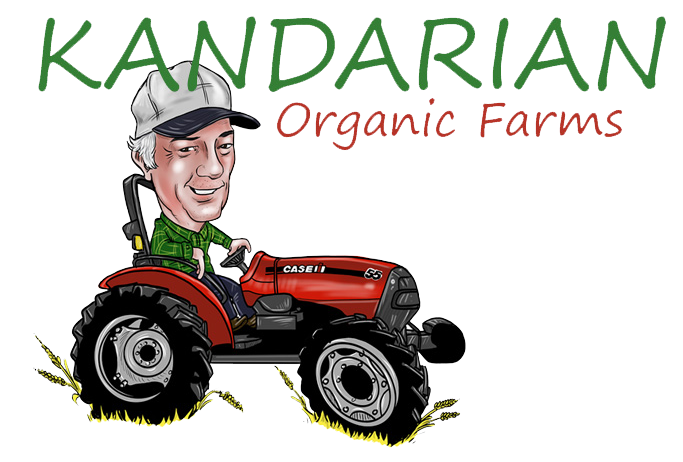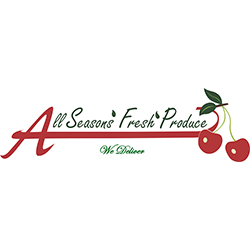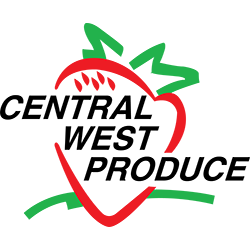Organic California date brand Joolies and the farms behind it have dedicated themselves to preventing food waste. They do this with creative strategies for sustainability and using all of their date harvest.
“When you see the amount of waste, you want to do something about that,” Amanda Sains-Harris, vice president of marketing at Joolies, told The Packer of American food system. Joolies, the Kohl Family Farm behind the brand, and “sister organization” Desert Valley Date all have ways they tackle this issue.
Getting to 100% harvest utilization
Joolies, the date brand, focuses on driving demand for fresh dates. Noting that dates are not as colorful as most fresh produce and packaging was traditionally drab or clear plastic, Sains said when Joolies launched, the goal was to do something different.
“We wanted to create a brand and use a brand color that, when people see it, they say ‘Oh! That's Joolies!'” she said. “We made the packaging look like something that people want to share with their friends, whether it's online or at home or in their kitchens.”

For those less-than-photogenic fresh dates, Joolies also created the “Ugglies” line. “Not every date is up to spec, but they're still delicious and still usable,” Sains said.
Both Joolies and sister organization Desert Valley Date — which grows and processes dates and uses all of its crop — pursue the goal of 100% harvest utilization through producing and using date ingredients. Joolies offers its Date Pops, made with date paste, while Desert Valley Date supplies date manufactured ingredients including date paste, chopped dates, date rolls and other items.
“They realized, because of the great benefits of dates, and because of the rise of health food, that there's ways to utilize things like date paste,” Sains said.
Getting to 100% harvest utilization took time for Desert Valley Date. Sains explained that the farm started in 1985, but by 1990, the company realized the need to process its dates to better utilize the crop. It built a facility that allowed for sorting, grading, storing and processing millions of pounds of both medjool and deglet dates annually. Those efforts have even helped smaller California date growers better utilize their harvests as well, according to Sains.
“Other growers go to Desert Valley Date to find a home for the excess dates and low grade dates where they can be processed as ingredients,” she said.
Being sustainable and reducing waste in other areas
All three groups have their own ways of improving sustainability and reducing waste. Joolies' packaging, for example, started off as recyclable boxes.
“Now we're in a resealable, stand up pouch made from post consumer recycled plastic,” Sains said. “Even though we can't be in our paper boxes anymore, we still try to make the most environmentally conscious decisions on our packaging.”
Desert Valley Date use solar power to offset its energy needs. The farms also utilize the old fronds at the end of harvest season, grinding them and using them to cover the soil in the orchards.
“It's similar concept to mulch or compost where you're taking the nutrients from the plant and the leftover fruit, if any, and putting that carbon and nutrients back into the soil,” Sains explained.
Even the date pits have a home. Sains said the pits processed at Desert Valley Date get sold to a nearby cattle operation to be incorporated into the feed. Though she added that there have been inquiries about using the fiber- and fat-rich pits for things like alternative teas or beverages.
“I think with this rise in date awareness, and also upcycling, we're starting to see a demand in that,” Sains said.
Sains stressed the importance of looking outside the box for opportunities to reduce waste and increase harvest utilization. She recommended growers look for ways their produce could be used as a raw material for other products, much as dates are often seen as sweeteners and binders in energy bars.
“I think the world is looking for better ingredients all around, and if you can figure out a way that your fruit or vegetable can be included as an ingredient, then start creating those partnerships. Or, if it's already available as an ingredient, create partnerships with other small companies that are trying to do the right thing.”
Your next read:















